
The impact of flying on climate change is under increasing scrutiny
Credit: Getty Images Contributor
Many people are flying less in an effort to be eco-friendly, but an EU report has suggested a different way to help tackle climate change: fly for longer.
Up to two-thirds of the climate impact from aviation is coming from non-carbon dioxide sources, the European Union Aviation Safety Agency said, much of which is caused by contrails created when planes fly through humid, cold parts of the atmosphere.
EASA suggested that this impact could be reduced if planes take alternative routes, either by flying higher or lower in the sky or by flying a less direct path.
The calculations would be based on meteorological models, and limits could be set on the greatest acceptable increase in either flight time or distance flown.
Currently air traffic control is mainly tasked with preserving safety by keeping planes away from each other, so considering climate concerns would mark a significant change in approach, the report said.
The option was one of six suggested to the European Commission, which was asked by the EU to investigate non-CO2 emissions from aircraft.
Adding cleaner fuels to aeroplane fuel mixes and charging airlines for nitrogen dioxide emissions were also raised as potential solutions.
While it has long been known that aeroplane contrails contribute to climate change, the extent of this impact is unclear.
Contrails form in the atmosphere at an altitude between 8 and 12 kilometres, when water vapour from the aeroplane exhaust freezes onto soot particles, creating wispy cirrus clouds.
This contributes to global warming by trapping heat on earth, but the effect lasts only a few hours. Scientists think that cutting out contrails would slow warming and buy the world time to make longer-term cuts to CO2 emissions.
More research is needed on how to accurately predict the areas where large contrails are most likely to be formed, the report added.
To test the idea, a pilot would need to take place in one specific area, such as over the Atlantic. If that is successful the policy could come into force in five to eight years.
David Lee, professor of atmospheric science at Manchester Metropolitan University, who contributed to the report, said the approach involved a trade-off between carbon emissions and contrail formation.
Having a plane fly alternative routes leads to more fuel burn and greater carbon dioxide emissions, which have a much more long-lasting effect on climate change, he said.
"Contrails and control cirrus have a very short term effect on the climate. If they’re doing it yesterday, it’s gone today.
"Whereas if you emit extra CO2, part of that CO2 is actually in the atmosphere for many thousands of years," he said.
Current models are not accurate enough to ensure that a diversion would be effective, and there is a chance that a plane could take a longer route unnecessarily, emitting more CO2, he added.
He said cleaner synthetic fuels were a more reliable way of reducing the impact of contrails, because they reduce soot emissions as well as producing less CO2 when they burn, but that they were not yet being manufactured on a great enough scale.
Jo Dardenne, aviation manager at European sustainable transport group Transport & Environment said: "The EU should lead by ensuring air traffic doesn’t bounce back to pre-Covid levels while getting planes to fly smarter routes and use e-fuels from renewable sources."







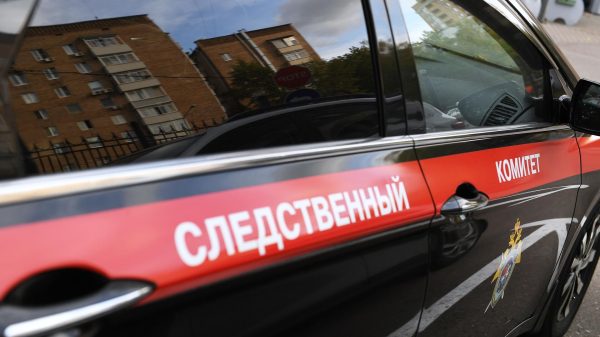
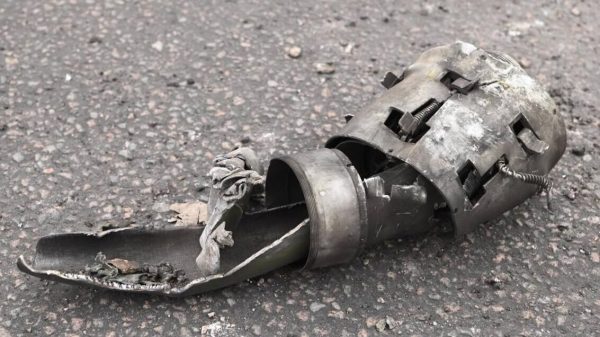
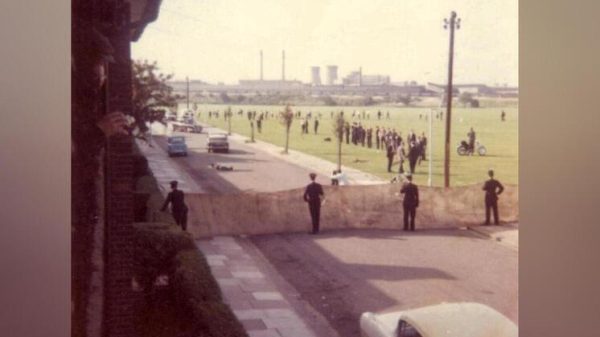
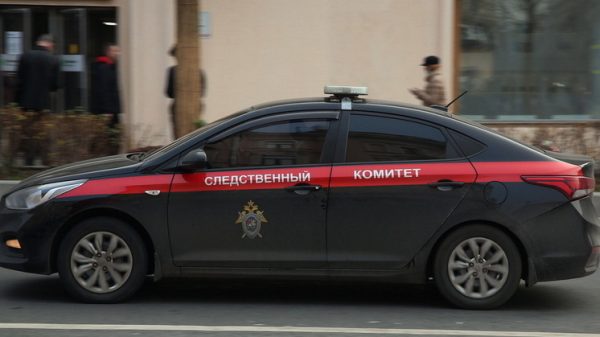
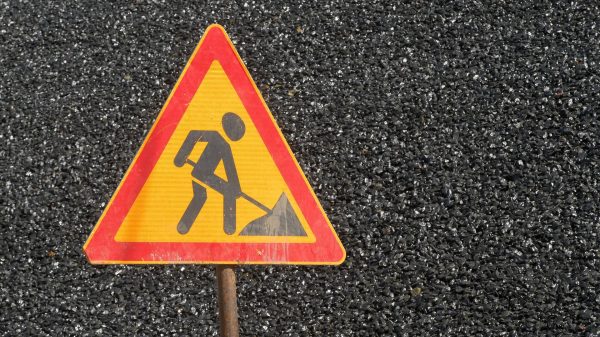








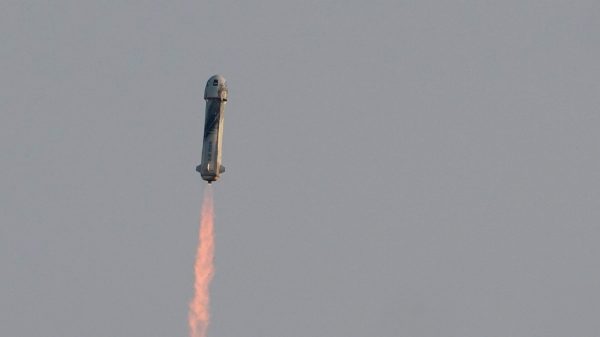












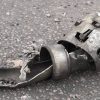


















Свежие комментарии